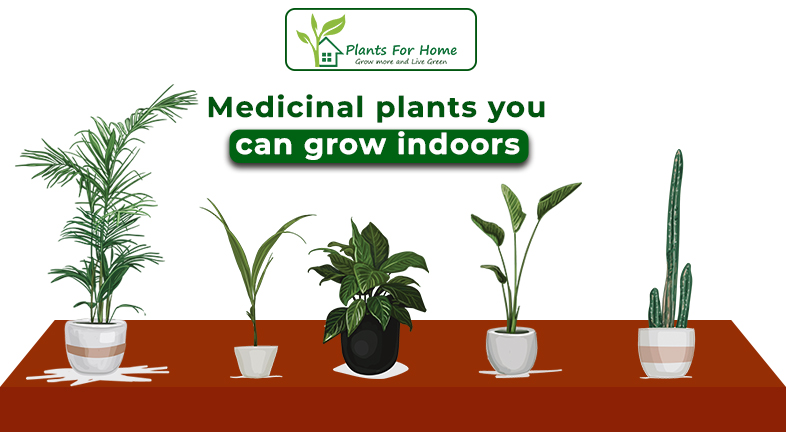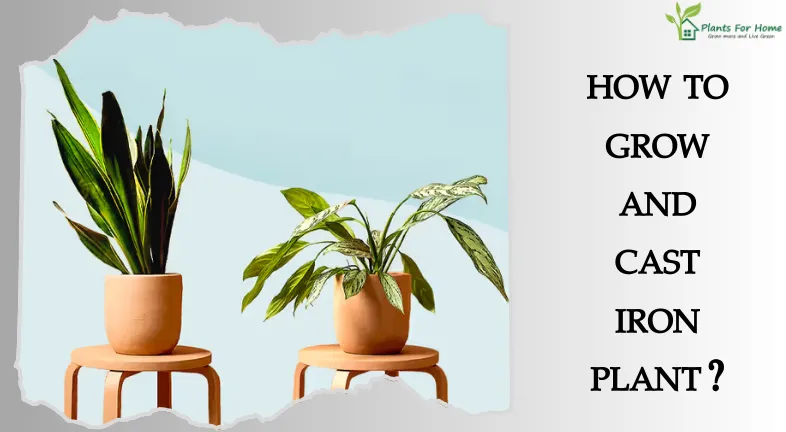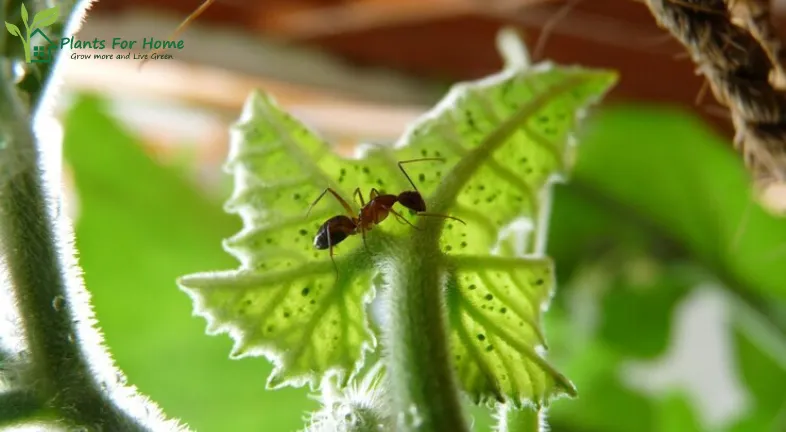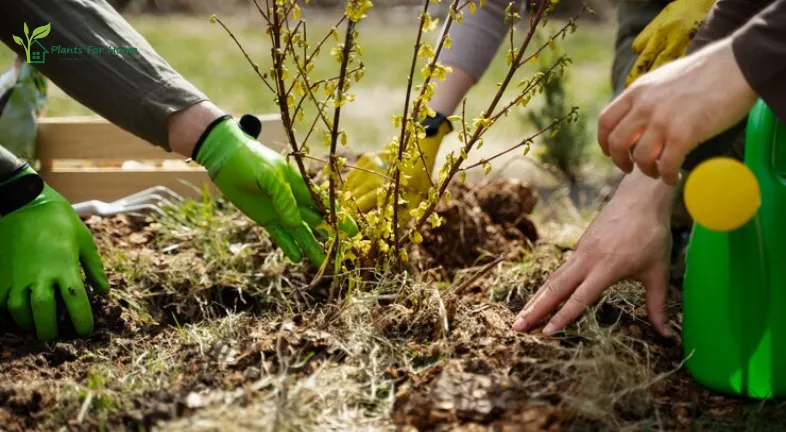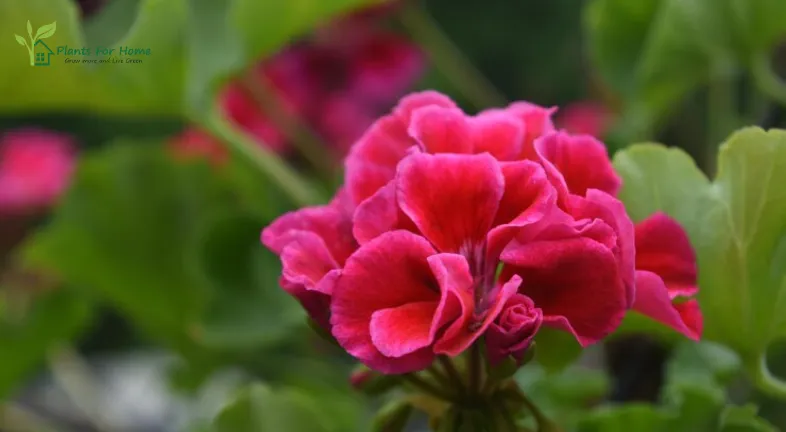
Hippeastrum is a genus comprising roughly 90 species of perennial, herbaceous, and bulbous plants, as well as over 600 hybrids and cultivars. These plants are endemic to tropical and subtropical regions of the Americas, ranging from Mexico south to Argentina and on several Caribbean islands.
Hippeastrums are sometimes referred to as amaryllis, a term that was once used to refer to a tiny genus of South African bulbs, Amaryllis belladonna, the hardy Jersey lily that blooms in the fall.However, the popular name has endured, and Hippeastrum is still frequently referred to asamaryllis.
Regestion can result in nausea, vomiting, and diarrhea, especially if the bulb is consumed.Sensitive people may get skin irritation from the sap.
Water well after planting, allowing the soil to become slightly soaked and settling around thebulb. Then reduce the amount of water you use; a bulb doesn’t require excessive moisture whenit isn’t yet growing to support it. Once growth begins, water sparingly. Soggy soil is not ideal foramaryllis since it causes the bulbs to decay.
Using Pots for Planting:

To prevent damage, please handle the bulbs with caution. Plant the bulb in a container that is atleast 100 mm diameter and filled with high-quality potting mix that has a slow-release fertilizerfor six months. The plants’ capacity to hold onto moisture will also be enhanced by the additionof Water Retention Granules. Make sure the roots of the bulb are widely dispersed and plant itwith the top third above the mixture. For the next two to three months, continue watering thebulb since, even without flowers, its lush green foliage will make it a visually pleasing addition to any home
Use lukewarm water sparingly to keep the mixture somewhat moist but not soggy while the bulb is growing. Avoid wetting the bulb’s nostrils with water. Keep the tray beneath the pot dry and free of water. A large feeder is the amaryllis. It is recommended to fertilize again every few weeks. We have the perfect Natures Garden Fertilizer. Amaryllis prefers a steady temperature at about 20°C.
Store the pot in a warm, well-lit space or outdoors in a covered area. Usually, six to seven weeks after planting, flowers start to bloom. To prolong the life of the flower, take the container out of the direct sunlight after the bulb begins to bloom.
Planting Outside:

In warm climates, amaryllis can be planted outdoors. Select a section that has good drainage and shade. Plant bulb so that the top third is above ground. Water well after planting, allowing thesoil to become slightly soaked and settling around the bulb. Then reduce the amount of wateryou use; a bulb doesn’t require excessive moisture when it isn’t yet growing to support it. Oncegrowth begins, water sparingly. Soggy soil is not ideal for amaryllis since it causes the bulbs to decay.
Care after flowering:

After flowering, take care of the plant by trimming off the spent flower stalk as close to the base as you can, leaving the foliage intact. Since the bulb needs to be well-fed for the next few months in order to flower successfully the next season, fertilizer can be added now. We have the perfect Natures Garden Fertilizer. Now is the time to repot the bulb if it was originally planted in a small pot; in warm areas, it can also be grown outdoors. Even after it stops flowering, the bulb’s lush green leaves make it a visually pleasing addition to any home, so continue maintaining it for the next two to three months.
Techniques for effective re-flowering:
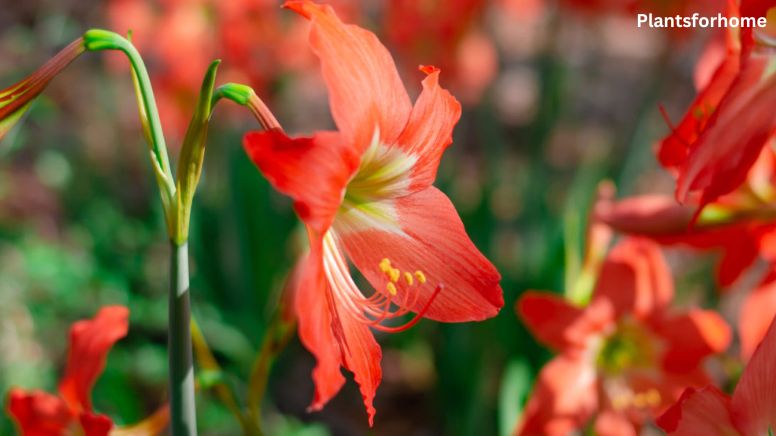
The onset of flowering is triggered by a dry or chilly stress period. For the stress phase to be successful, it must last for at least 10 weeks. The bulbs can be kept dry during the winter to create these circumstances. From early to late spring, repot the bulb into a fresh mixture and proceed with the above growing methods. Alternatively, put the potted bulb outside in a protected spot throughout the winter. The majority of its leaves will drop off, although this is not an issue. In the spring, just repot the bulb and bring it inside.
Planting seeds:
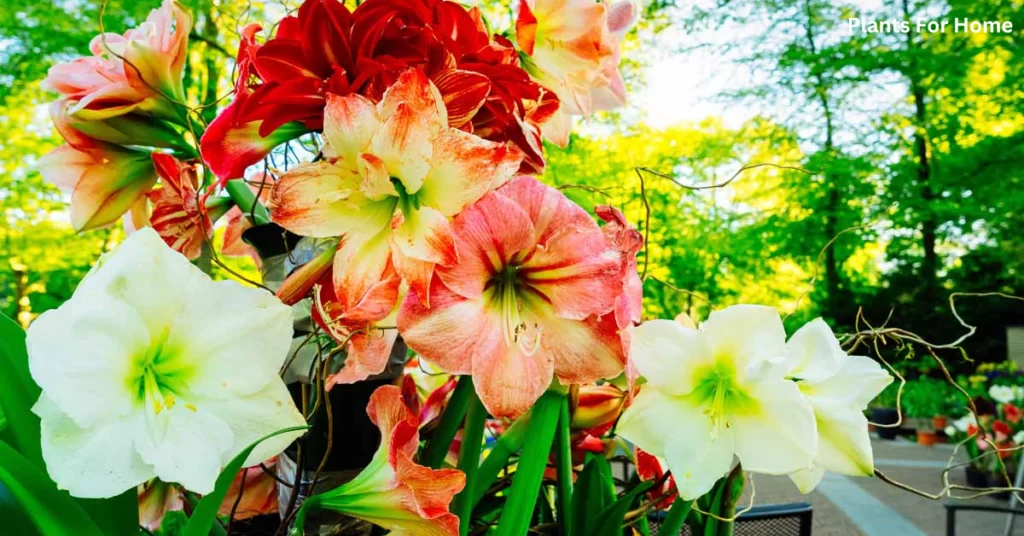
Hippeastrums grown from seeds may take up to six years to mature and blossom. They typically differ from the parent plant as well. Plant seeds as soon as possible in springtime in seed compost that drains freely.
Keep the temperature at 70°F, or 21°C. Five to six weeks after germination, begin feeding with a general pot plant feed and continue until September.
Grow in individual tiny pots, repotting into slightly larger pots as the pot fills up with roots on a regular basis during the spring and summer. Avoid forcing dormancy in the plants by keeping them in a moderately warm environment (do not drop the temperature as to encourage flowering).
Start watering on a regular basis after sparingly watering till the new leaves appear. While you shouldn’t allow the compost to dry up, keep extra water from building up in the saucer. To stop the flower stalk from growing toward the light, turn the pot frequently. Large-flowering cultivars need to be staked. To prolong flowering, relocate the plant when it is in bloom to a cooler location, around 15–18°C (60–65°F).
CONCLUSION:
Huge, dazzling flowers in a variety of jazzy color combinations are abundantly produced by amaryllis plants. These bulbs, straight from our cool store, are ready to plant right now and will blossom into flowers in a matter of weeks. Alternatively, before the end of December, place in the refrigerator and plant.
There are differences in size and quality among amaryllis. The best producers of amaryllis in theworld provide us with our amaryllis. These are enormous bumper-sized bulbs with acircumference of 26–28 cm. There are three to four blooms on each of the two to three flowerstems that are packed full of blossoms. They have a long flowering season ahead of them. Sizematters a lot when growing amaryllis; the larger the bulbs’ girth, the more food they can store,creating a fuller plant with more flowers.

